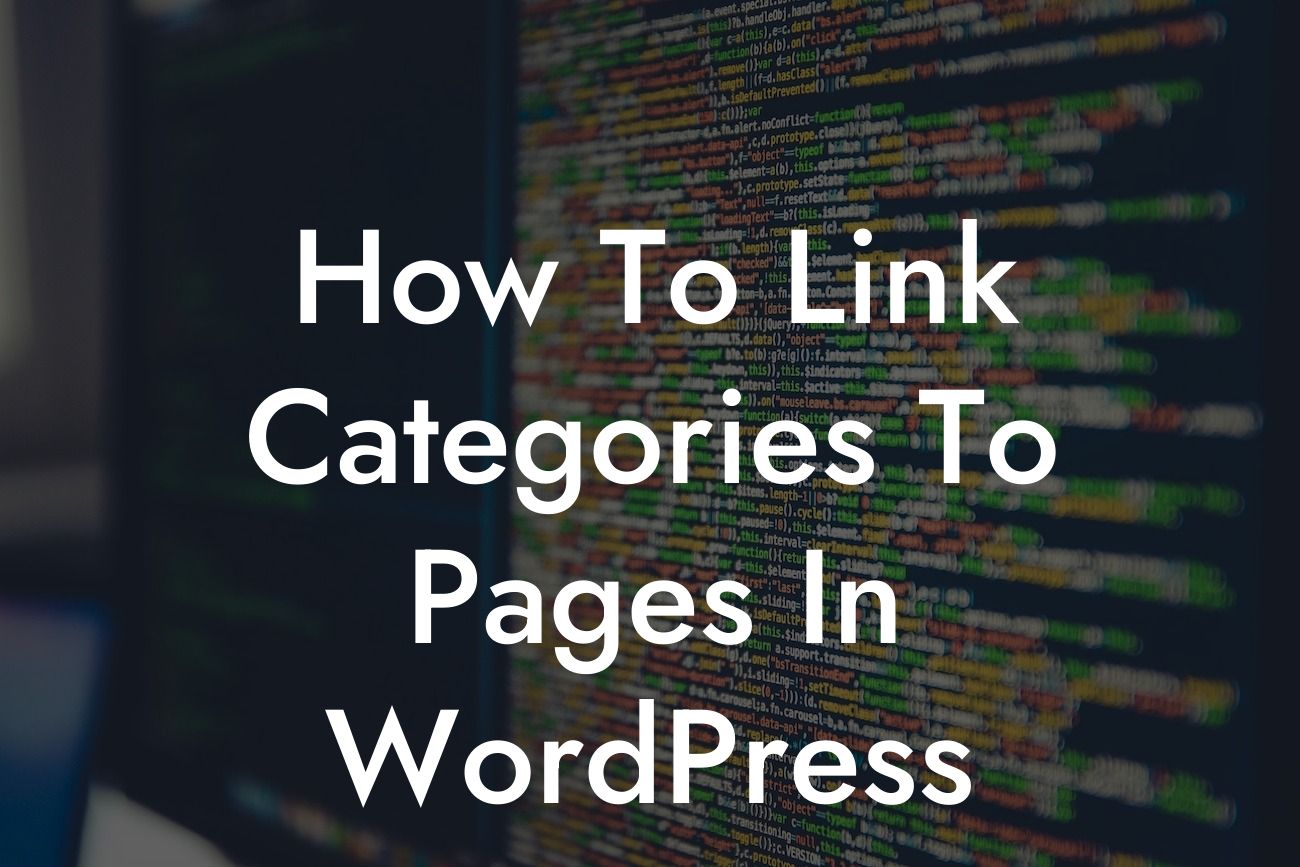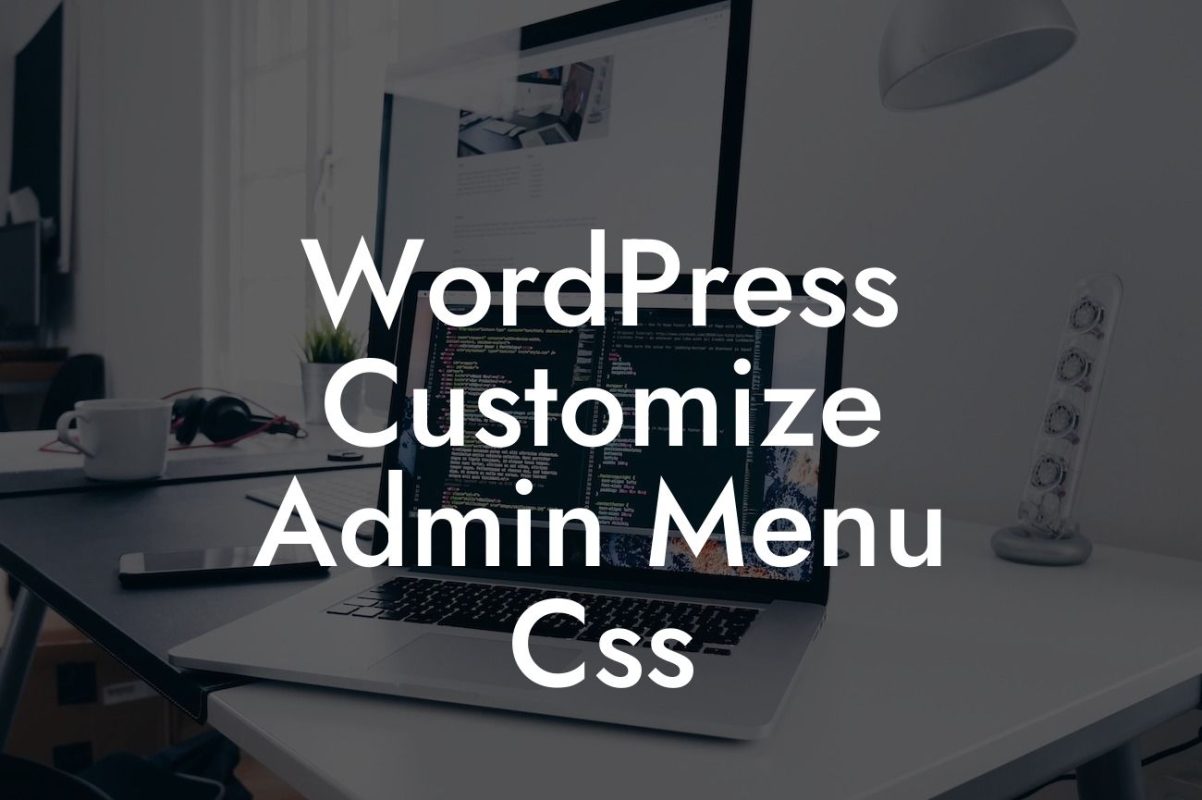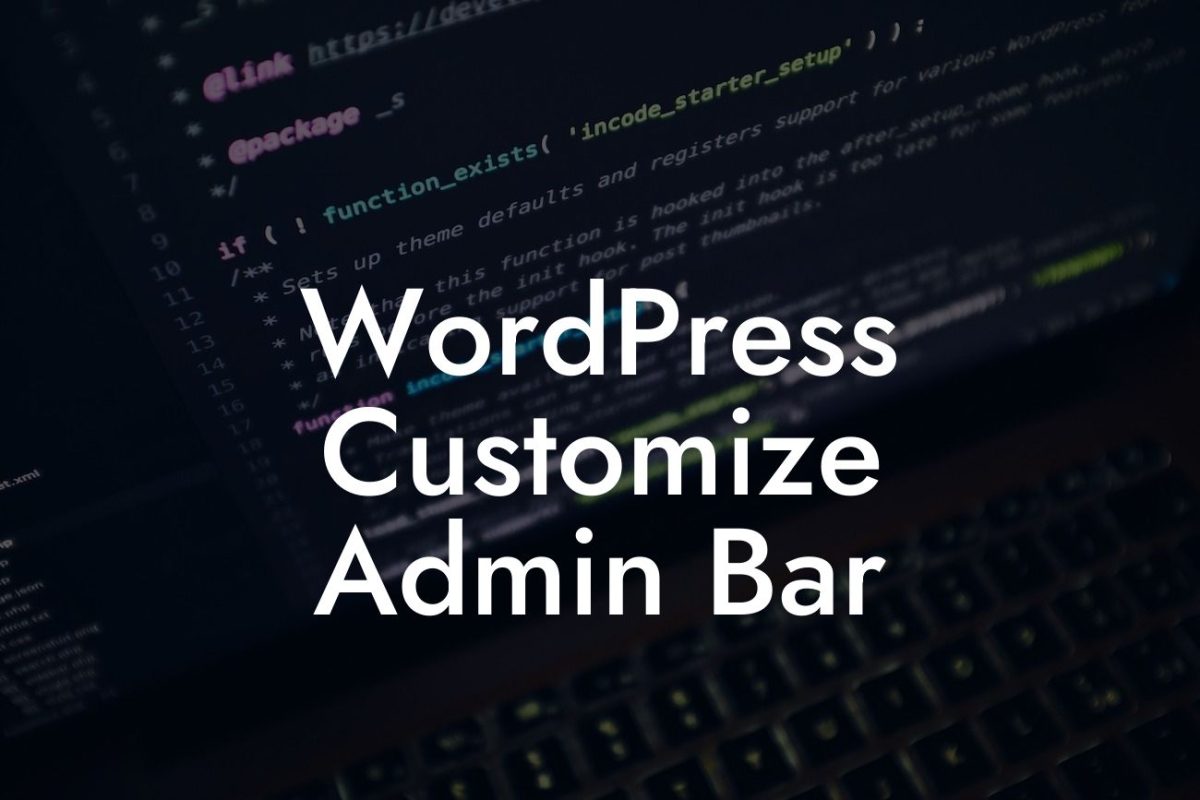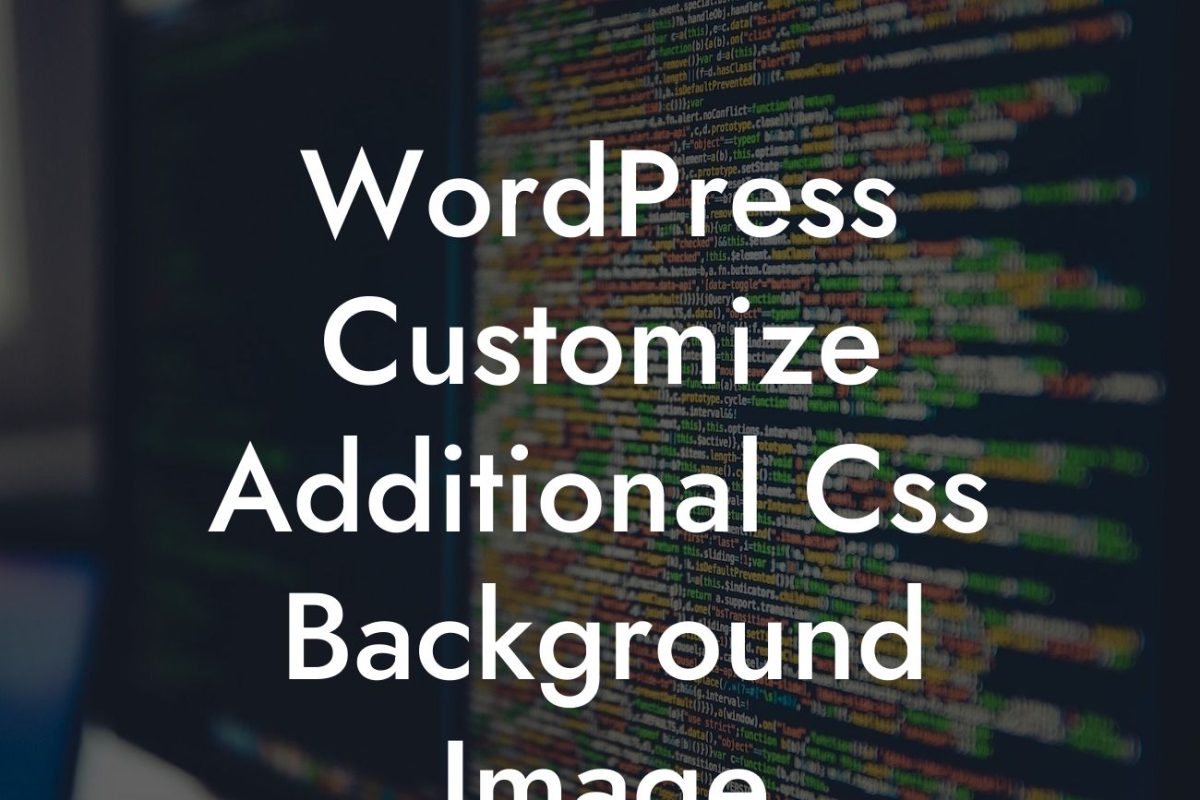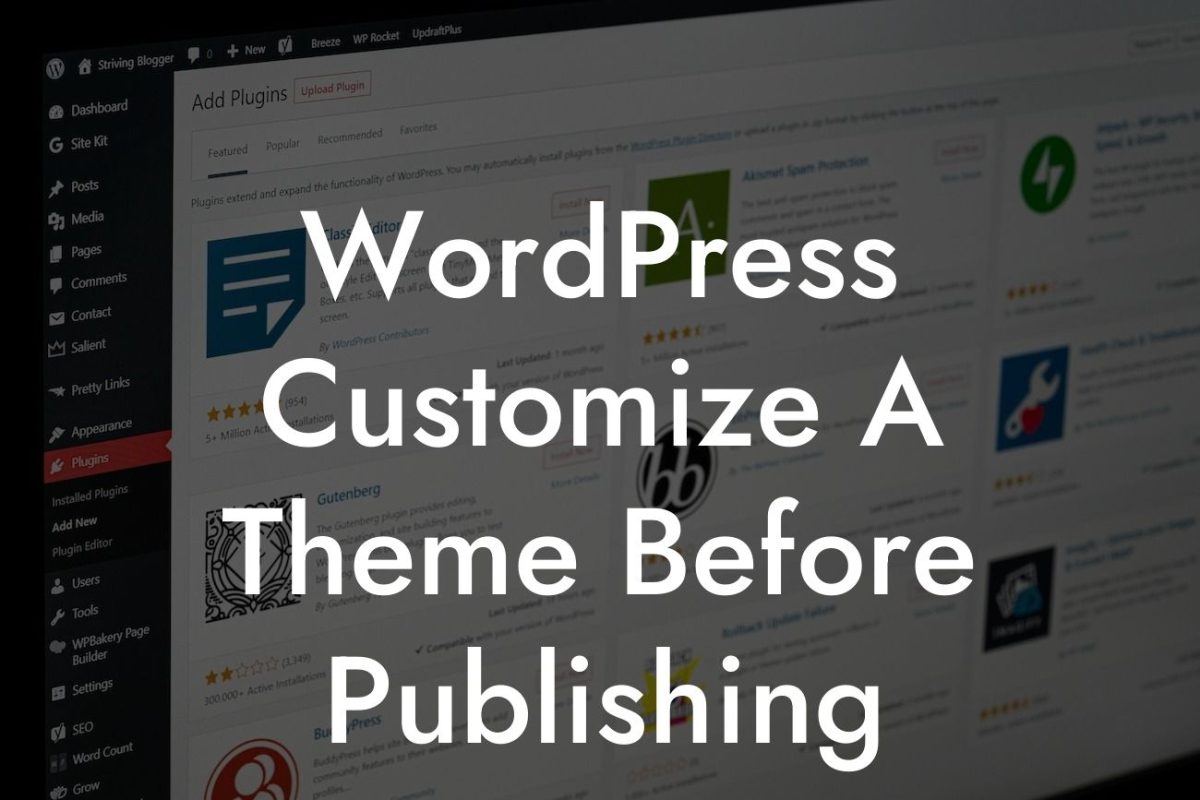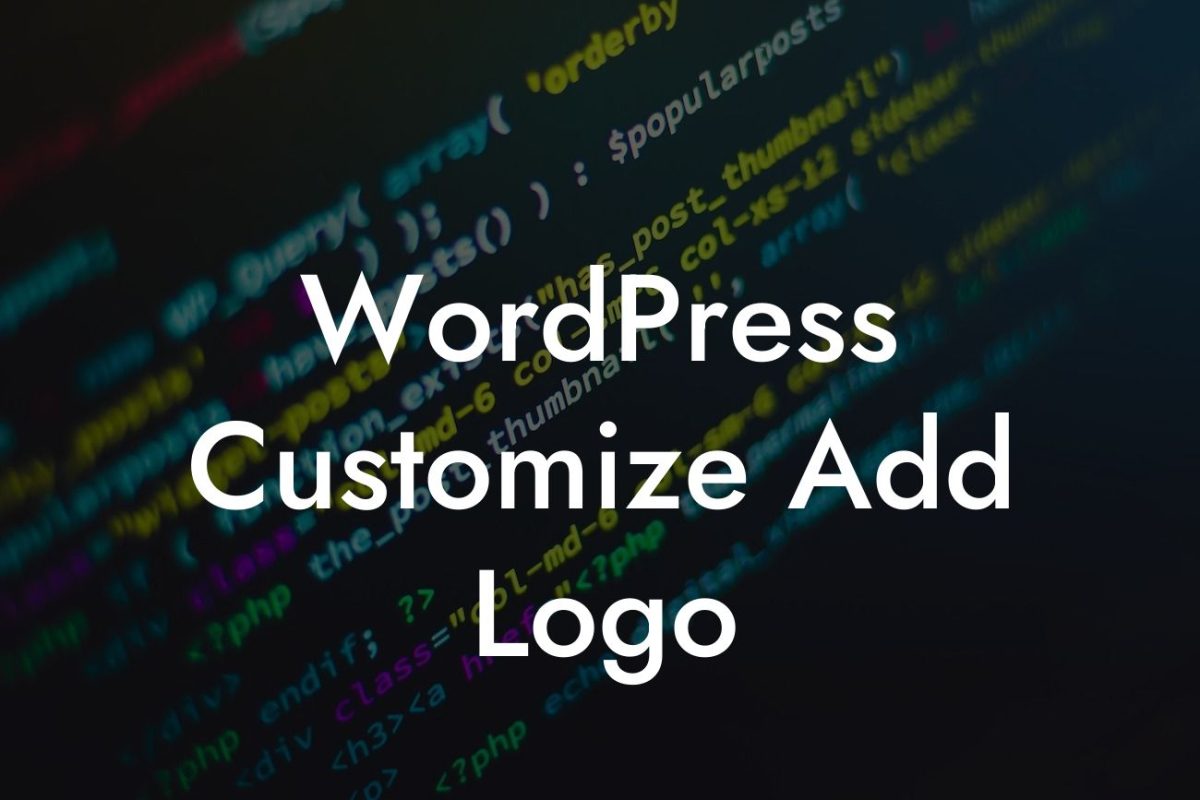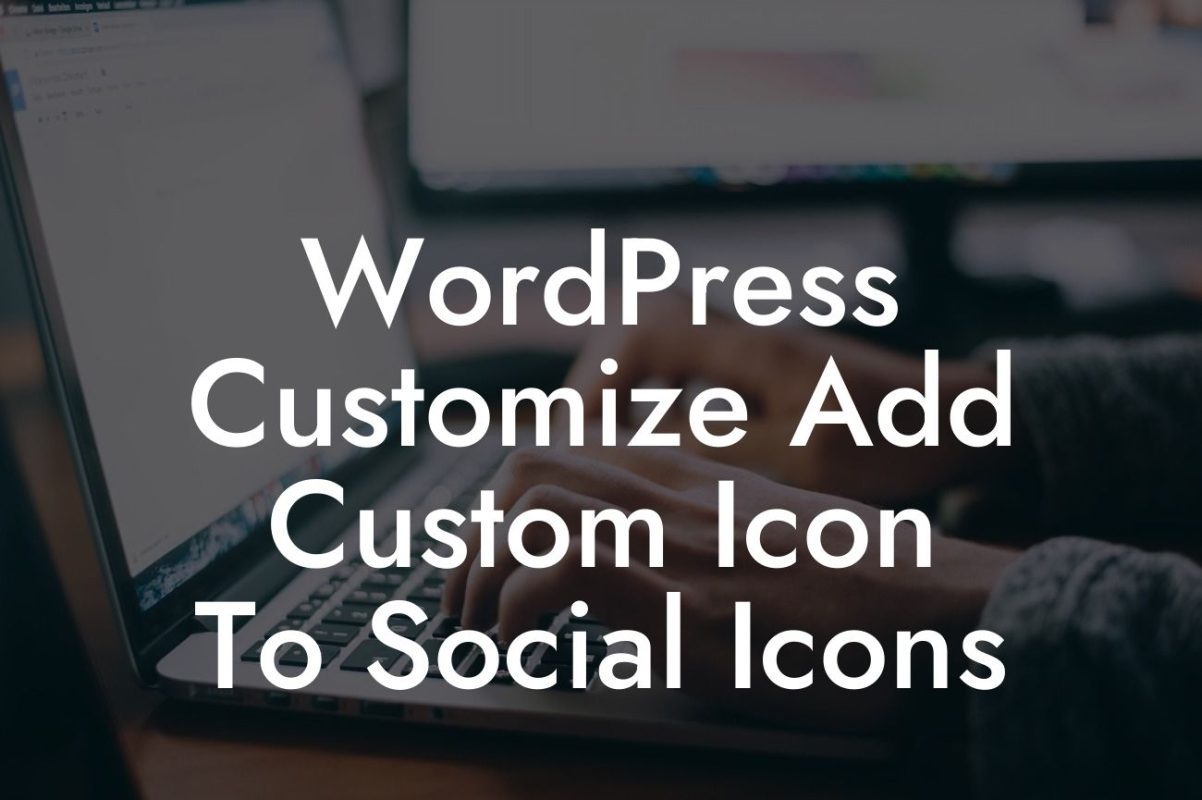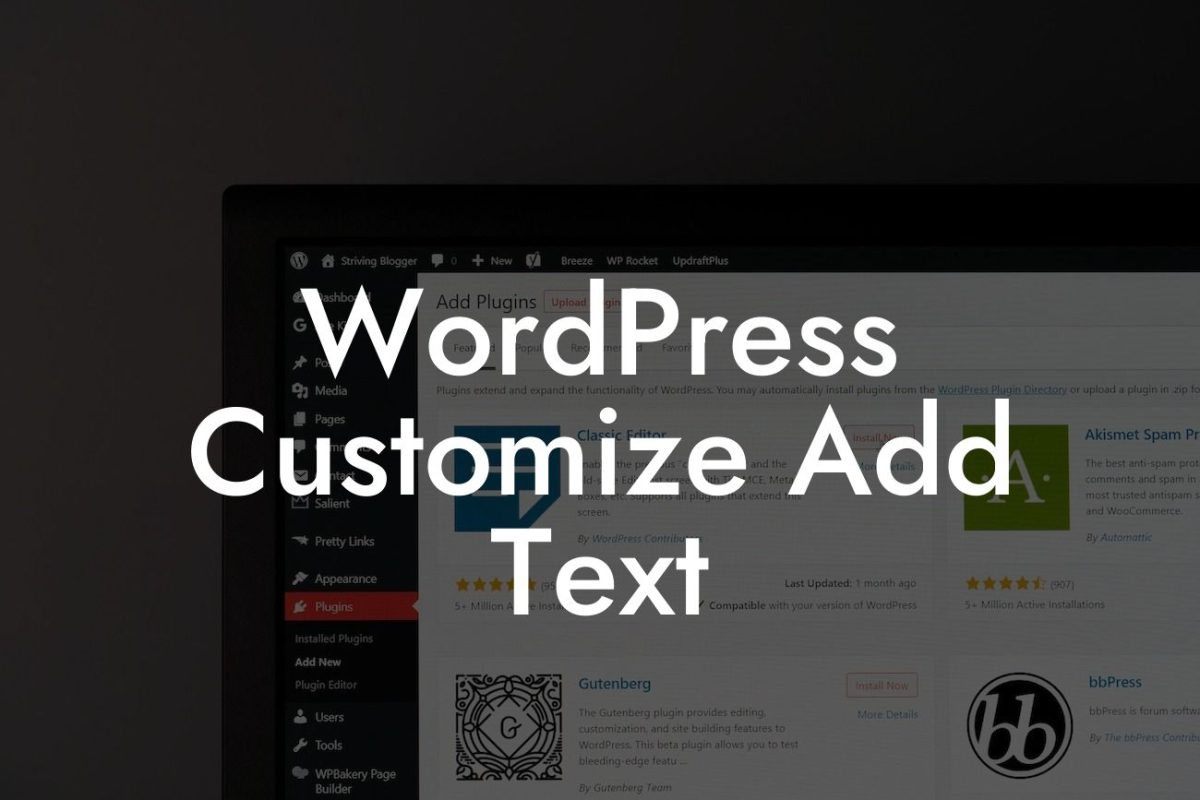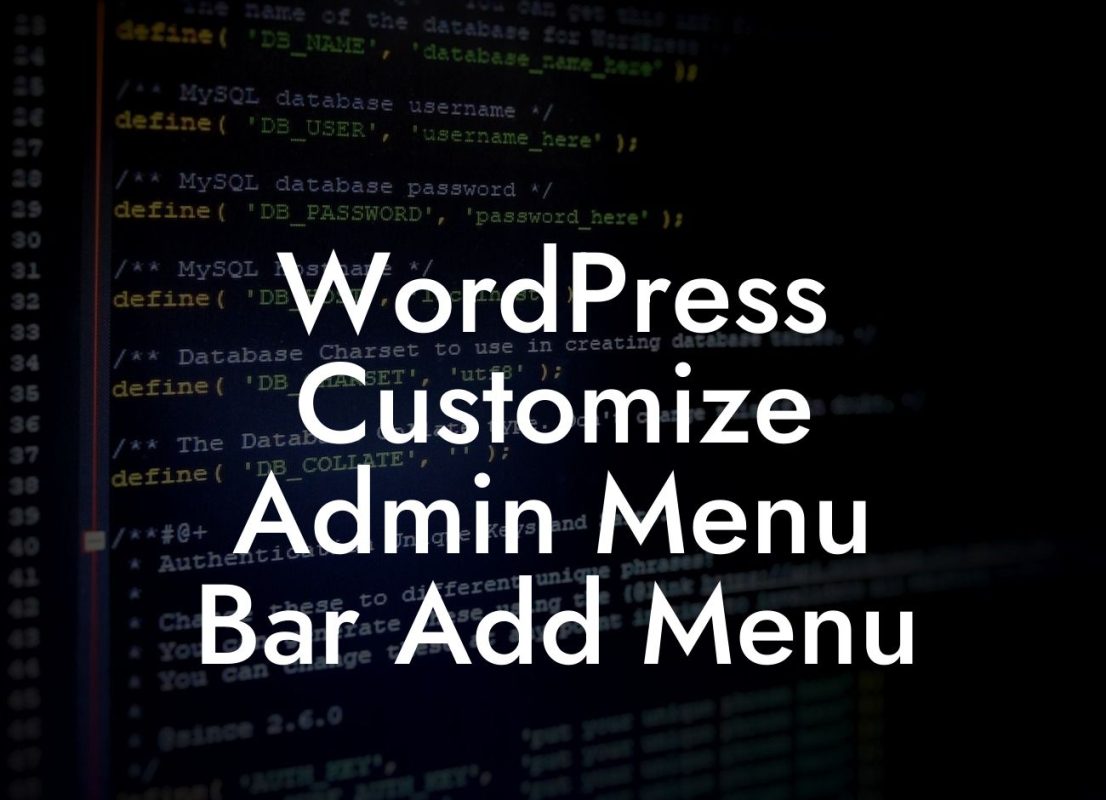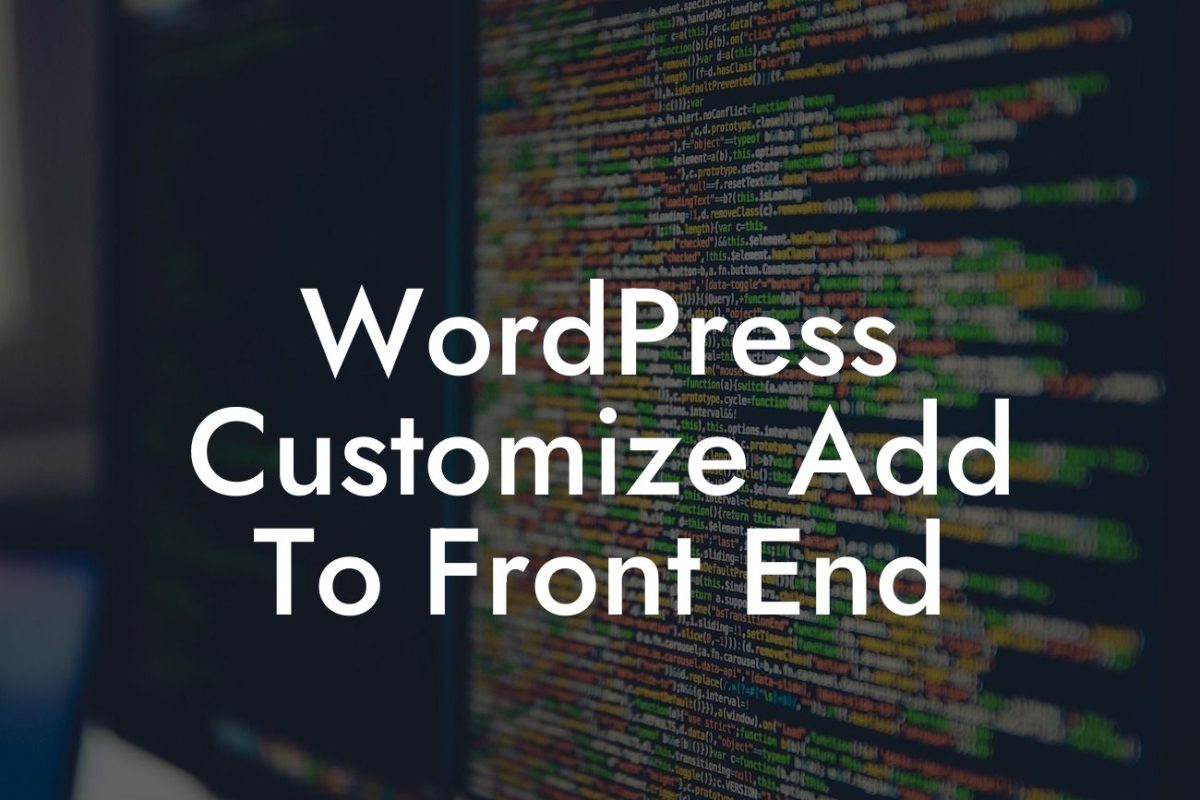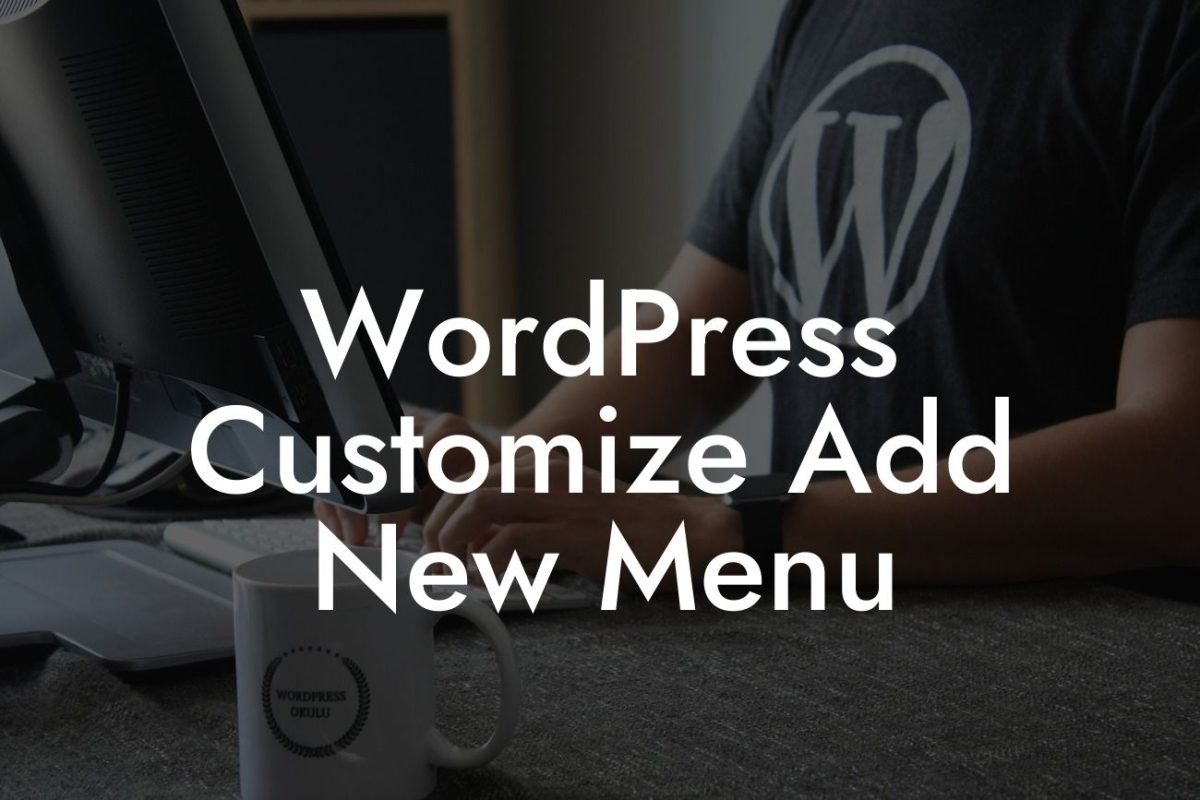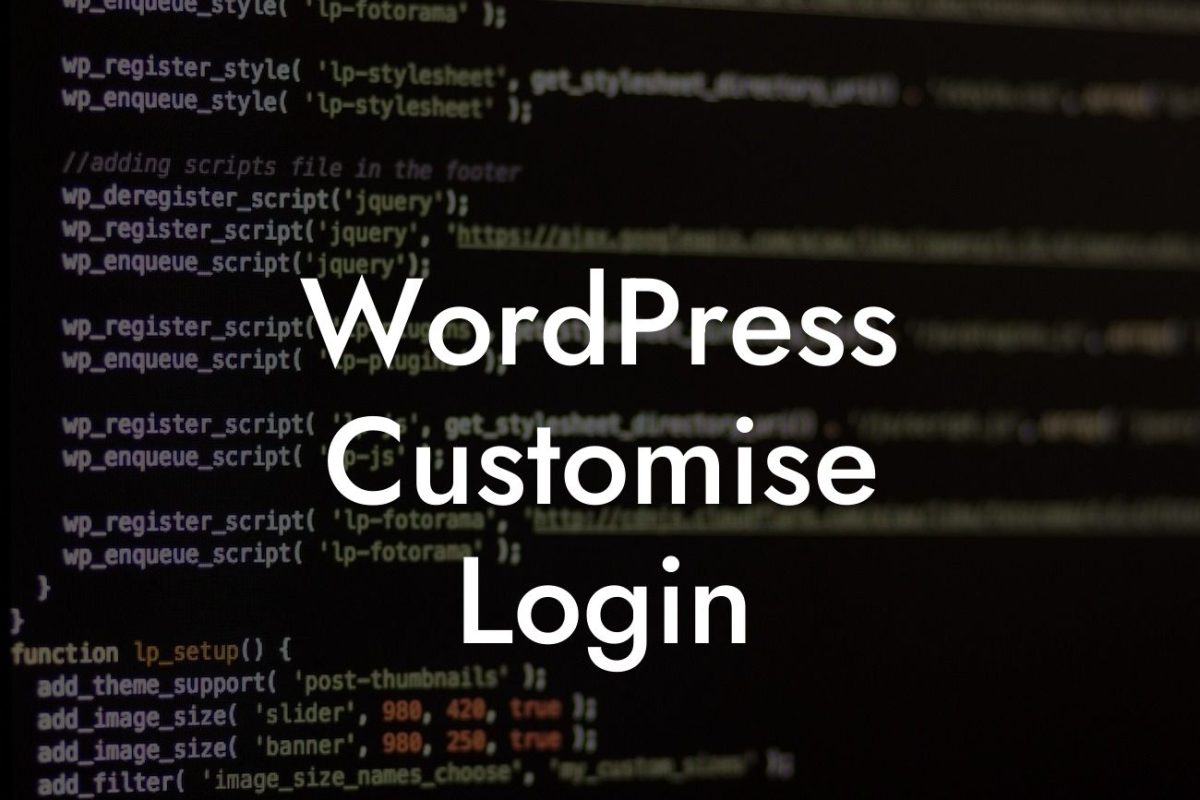Managing a small business website or personal blog on WordPress can sometimes become overwhelming, especially when it comes to organizing your content. However, there is a simple yet powerful feature that can significantly enhance your website's navigation and user experience – linking categories to pages. In this article, we will explore the step-by-step process of how to effectively link categories to pages in WordPress. With DamnWoo's impressive WordPress plugins designed exclusively for small businesses and entrepreneurs, taking your online presence to the next level has never been easier.
Linking categories to pages in WordPress allows you to create a structured and intuitive browsing experience for your visitors. By associating specific categories with relevant pages, you can ensure that users can easily find and access the content they are looking for. Follow these simple steps to seamlessly link categories to pages in WordPress:
1. Create or edit your desired category: Start by navigating to the "Posts" section in your WordPress dashboard. Click on "Categories" to create a new category or select an existing one. Provide a descriptive name and a user-friendly slug for your category.
2. Create your page: Proceed to the "Pages" section and click on "Add New" to create a new page or select an existing one that you want to associate with a category. Give your page an appropriate title and add the necessary content.
3. Install and activate DamnWoo's WordPress plugin: To enjoy the full benefits of linking categories to pages, install and activate DamnWoo's powerful WordPress plugin tailored for small businesses and entrepreneurs. This plugin offers an array of features and customization options to enhance your website's functionality.
Looking For a Custom QuickBook Integration?
4. Assign the category to the page: After activating the DamnWoo plugin, navigate to the page editor screen. Look for the section that allows you to select categories and assign the relevant category to your page. Save the changes.
5. Repeat as necessary: You can link multiple categories to a single page or associate the same category with different pages. This flexibility allows you to create a robust content structure tailored to the unique needs of your website.
How To Link Categories To Pages In Wordpress Example:
Imagine you run a food blog that covers various cuisines. To enhance user experience, you decide to link each cuisine category to a dedicated page where visitors can easily explore all your recipes related to that specific cuisine. By linking your "Mexican Cuisine" category to the corresponding page, visitors can simply click on the "Mexican Cuisine" tab in your navigation menu and be redirected to an organized page showcasing all your Mexican recipes.
In a world saturated with cookie-cutter solutions, DamnWoo stands out as a game-changer. With our suite of powerful WordPress plugins specifically designed for small businesses and entrepreneurs, taking your online presence to new heights has never been more accessible. Don't settle for ordinary. Explore our other guides on DamnWoo, share this article with others who might find it valuable, and take a step towards transforming your online presence by trying out one of our extraordinary plugins. Elevate your website today with DamnWoo and leave your competition in the dust.
[Word Count: 700]

